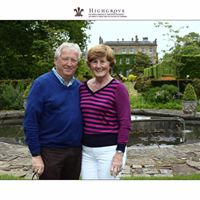Which title is used for a British nobleman ranking above a baron and below an earl?
A viscount, (for male) or viscountess (for female) is a title used in certain European countries for a noble of varying status.
In Great Britain, a viscount is the fourth rank in the peerage system, standing directly below an earl and above a baron. There are approximately 270 viscountcies currently extant in the peerages of the British Isles, though most are secondary titles.
As a rank in British peerage, it was first recorded in 1440, when John Beaumont was created Viscount Beaumont by King Henry VI. The word viscount corresponds in the UK to the Anglo-Saxon shire reeve (root of the non-nobiliary, royal-appointed office of sheriff).
Thus early viscounts were originally normally given their titles by the monarch, not hereditarily; but soon they too tended to establish hereditary principalities in the wider sense.
In British practice, the title of a viscount may be either a place name, a surname, or a combination thereof: examples include the Viscount Falmouth, the Viscount Hardinge and the Viscount Colville of Culross, respectively.
An exception exists for Viscounts in the peerage of Scotland, who were traditionally styled "The Viscount of ", such as the Viscount of Arbuthnott. In practice, however, very few maintain this style, instead using the more common version "The Viscount" in general parlance, for example Viscount of Falkland who is referred to as Viscount Falkland.
More Info:
en.wikipedia.org


